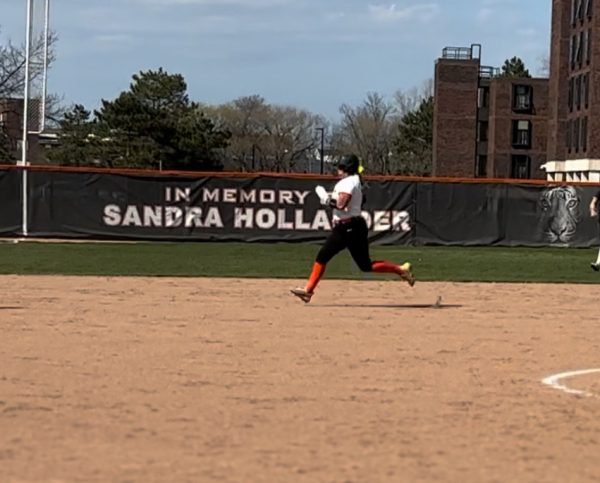SUCCESSFUL NOTE TAKING WHEN HOME LEARNING
March 13, 2021
Remote learning has forced us all to think more urgently of teaching beyond the physical classroom, which has placed a huge onus on students to manage and regulate their own learning. So, what role does note taking have in navigating this new challenge, and how can you best cope with changing learning environments?
A study on college note taking habits discovered that only 49% of students surveyed took notes in their online classes, and 67% believed note taking was unnecessary*. For students, an active approach to recording information is key; being passive will not help you encode the information you want to store.
Perhaps the most important thing to remember is that one note taking technique won’t suit every student, and what works well for one student might not be suitable for another. However, a fairly universal challenge facing most is the ‘note taker’s dilemma’. It is a basic problem anyone in a classroom faces, questioning ‘do I try and record everything or do I focus on listening and being an active participant in class?’ The truth is, students really struggle to find the right balance between these polarized objectives.
The key to success is not to overdo it. Explore different methods of note taking and see which is the most effective for you. For some students, representing important points visually with notes, mind maps or diagrams will be more beneficial. Other students will benefit from listening to the same information, via recorded lectures, podcasts or simply actively listening during class. Finding your preferred method of note taking will improve your chances of recalling that information when required.
Once you’ve discovered the best note taking style for you, be consistent. Try to pace yourself throughout the lecture. It’s common for students to start strong by taking notes of everything and listening to each piece of information, only then to lose concentration later. Instead, consider what is the most important part of each slide and make a note of that, this will make it easier to keep up with the class and not lose focus.
Learning from home increases the chances of becoming distracted. If possible, sit at a desk in a quiet room with phones and televisions turned off. Doing this during a lecture will lead to meaningful note taking as well as will saving time later on. Once you are distraction free and in a set routine, your learning will improve.
Before class, see if there are any handouts or lecture slides you can take notes on, rather than starting from scratch. During class, use technology! There are various applications, software, chrome extensions and online tools available to help students during class.
After class, return to your notes; notes should never be seen as complete. Studies have shown the importance of returning to notes, taking more notes, condensing the information or converting it into another format. By manipulating your notes, you’re helping to store the information within your long term memory. Always schedule in time to return to your notes in order to effectively retain the information.
Whatever your preferred method of note taking is, remember to be active, prioritise what you find important, explore the best note taking strategies for you and always return to your notes after class to review the information and convert it into a more useful study resource.
-ENDS-
Glean™ are leading specialists in note taking technology and have been supporting learners with audio note-taking technology for over 14 years. Glean™ is an educational, note taking tool, designed to improve learning and productivity. Glean™ are now offering flexible free trials so you can get your students using smart note taking tech at a time that suits you. For more information please visit https://glean.co/students/
*‘Effects of online note taking formats and self-monitoring prompts on learning from online text: Using technology to enhance self-regulated learning’ in Contemporary Educational Psychology 36 (2011), by Douglas F Kauffman et al













